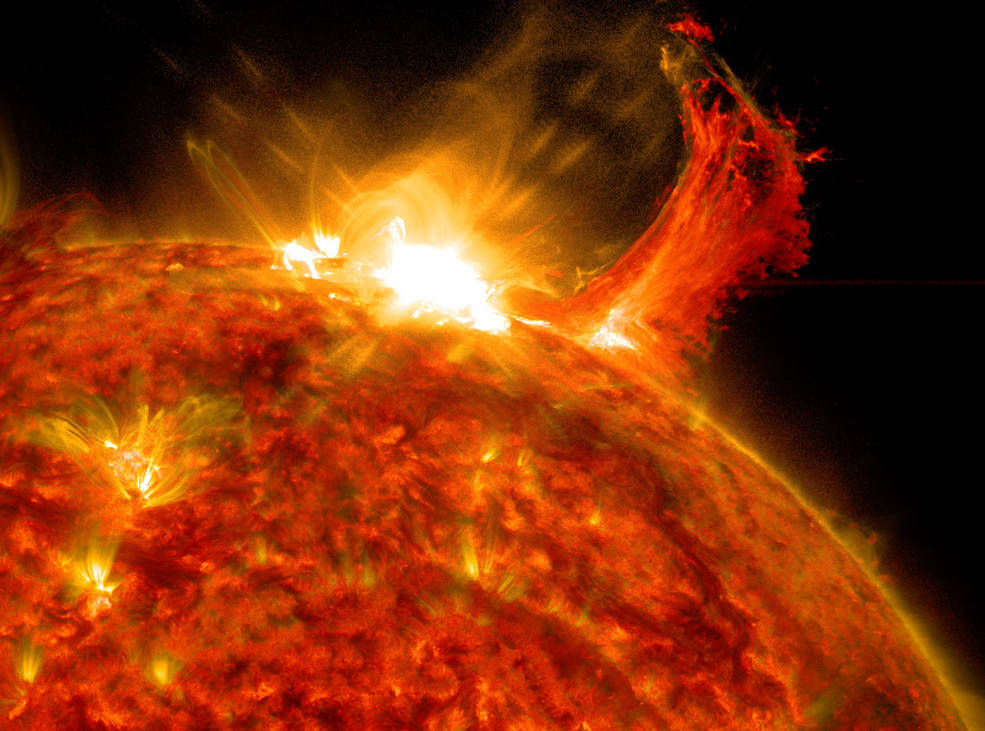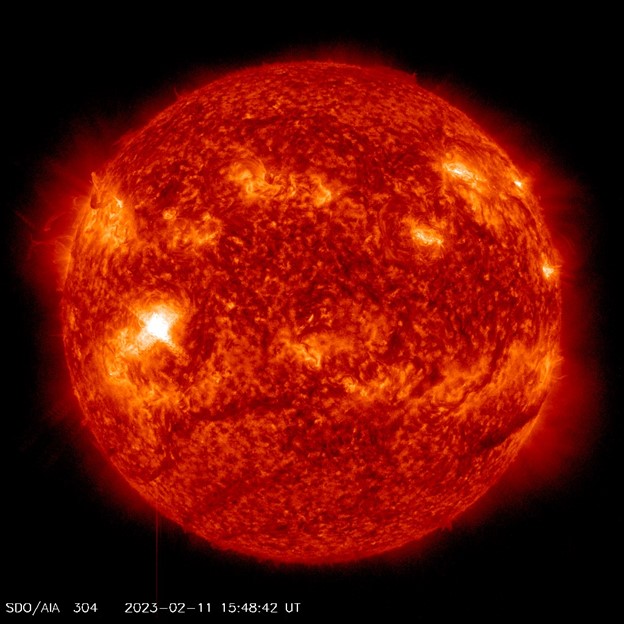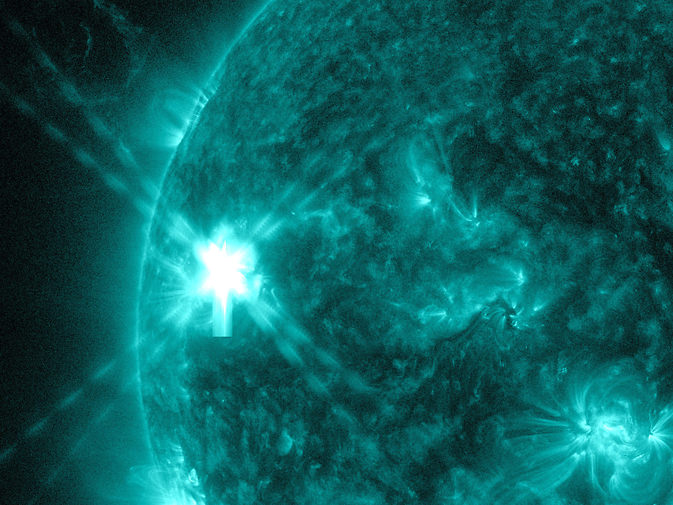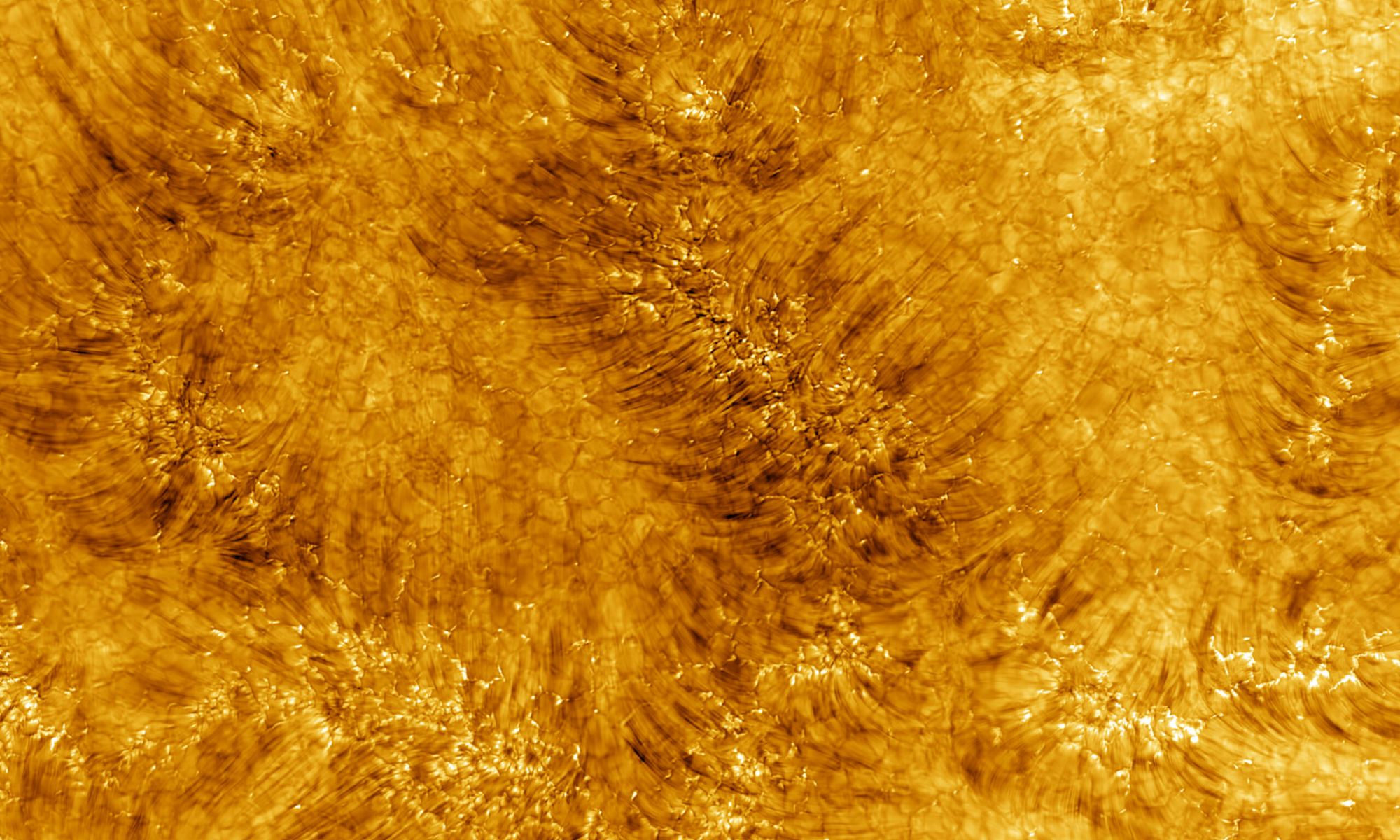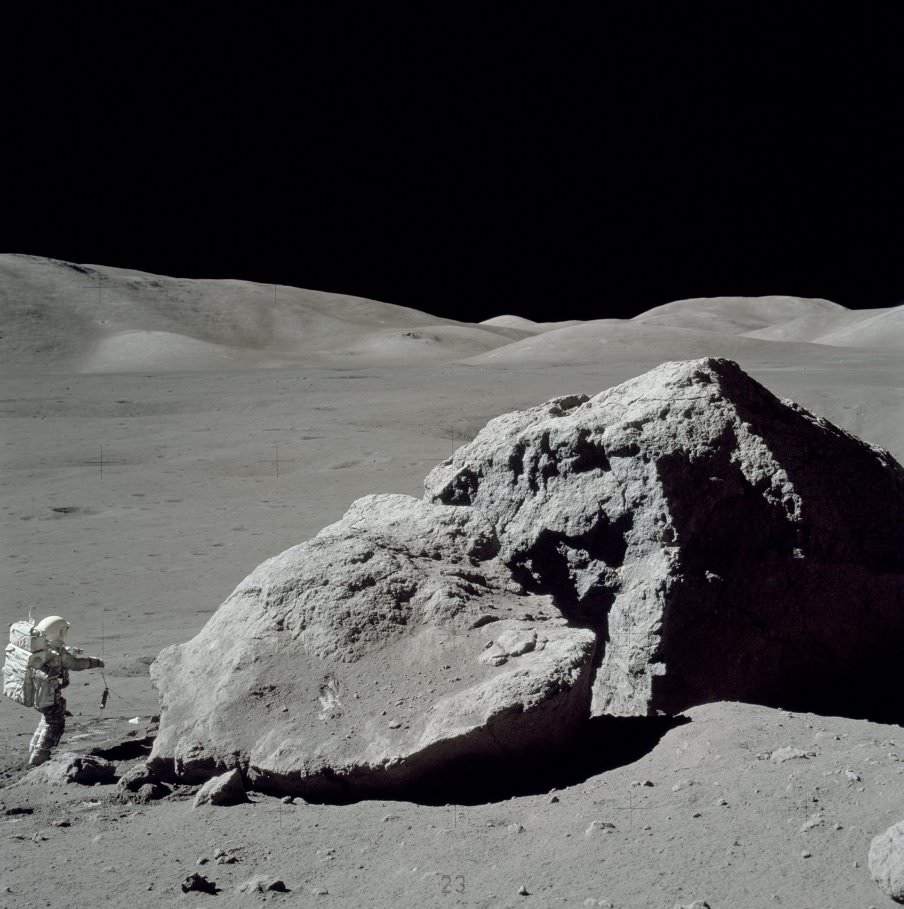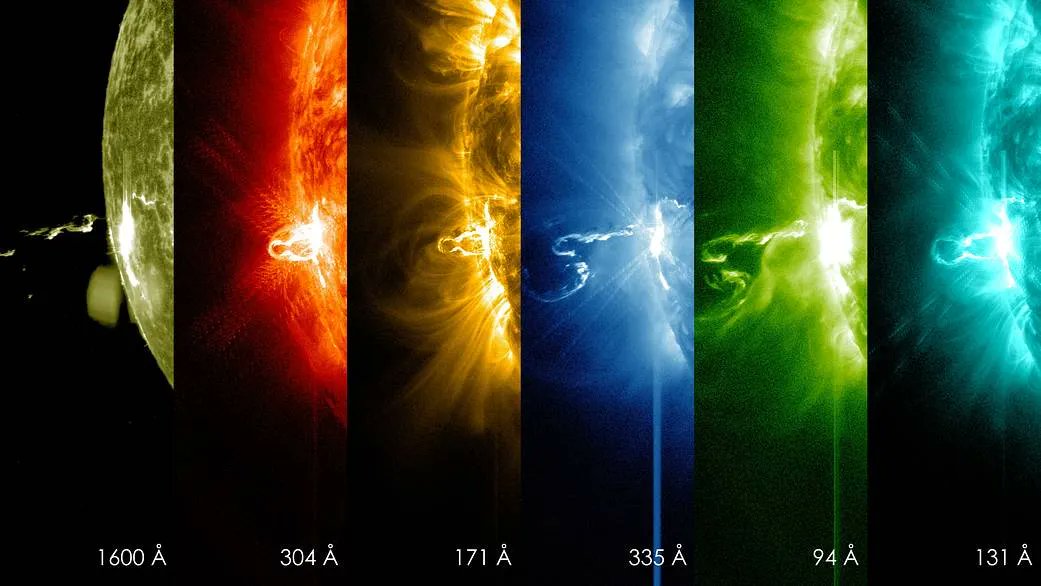Our Sun continues to demonstrate its awesome power in a breathtaking collection of recent images taken by the U.S. National Science Foundation’s (NSF’s) Daniel Inouye Solar Telescope, aka Inouye Solar Telescope, which is the world’s largest and most powerful ground-based solar telescope. These images, taken by one of Inouye’s first-generation instruments, the Visible-Broadband Imager (VBI), show our Sun in incredible, up-close detail.
Continue reading “New Detailed Images of the Sun from the World’s Most Powerful Ground-Based Solar Telescope”New Detailed Images of the Sun from the World’s Most Powerful Ground-Based Solar Telescope


